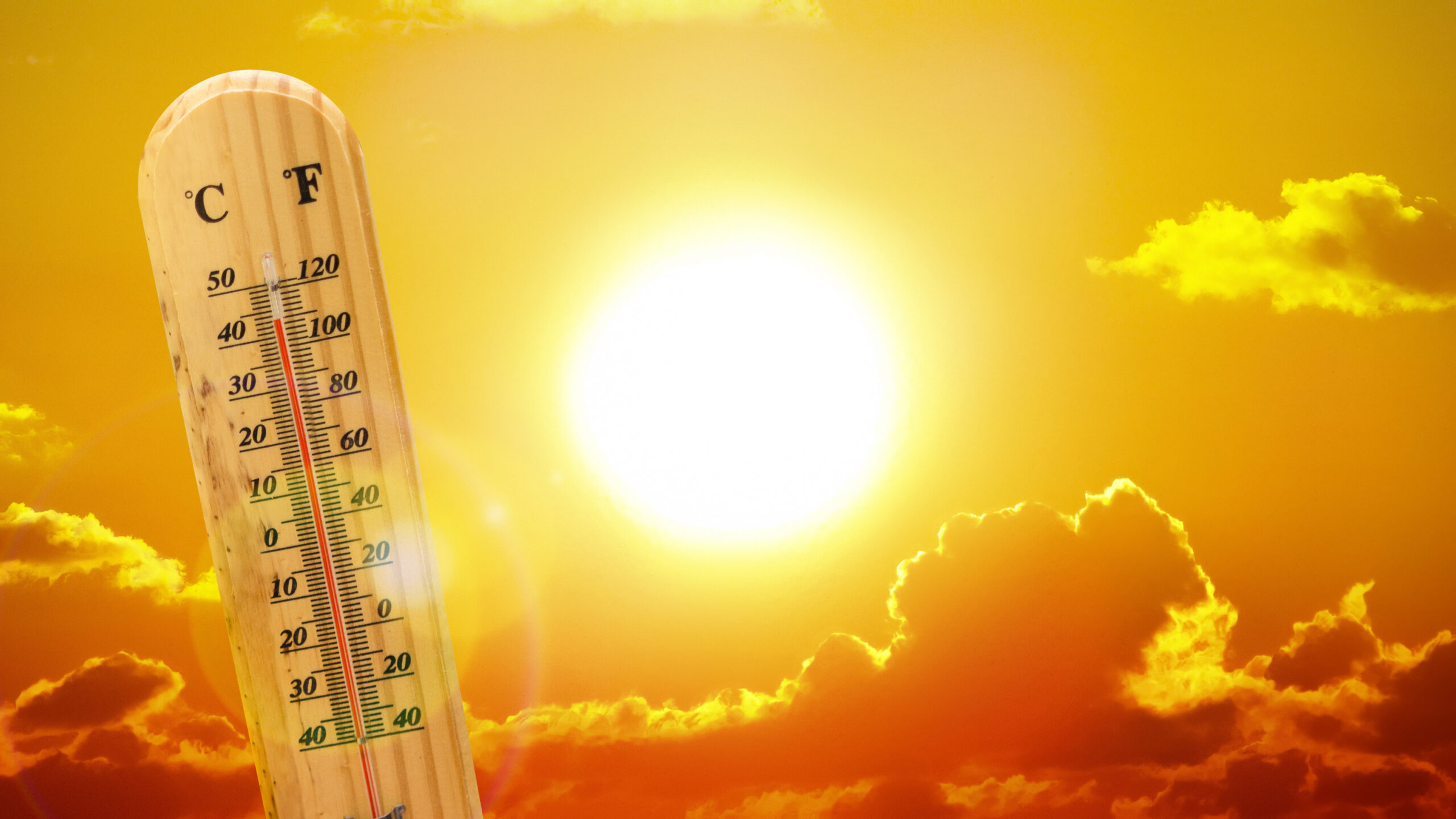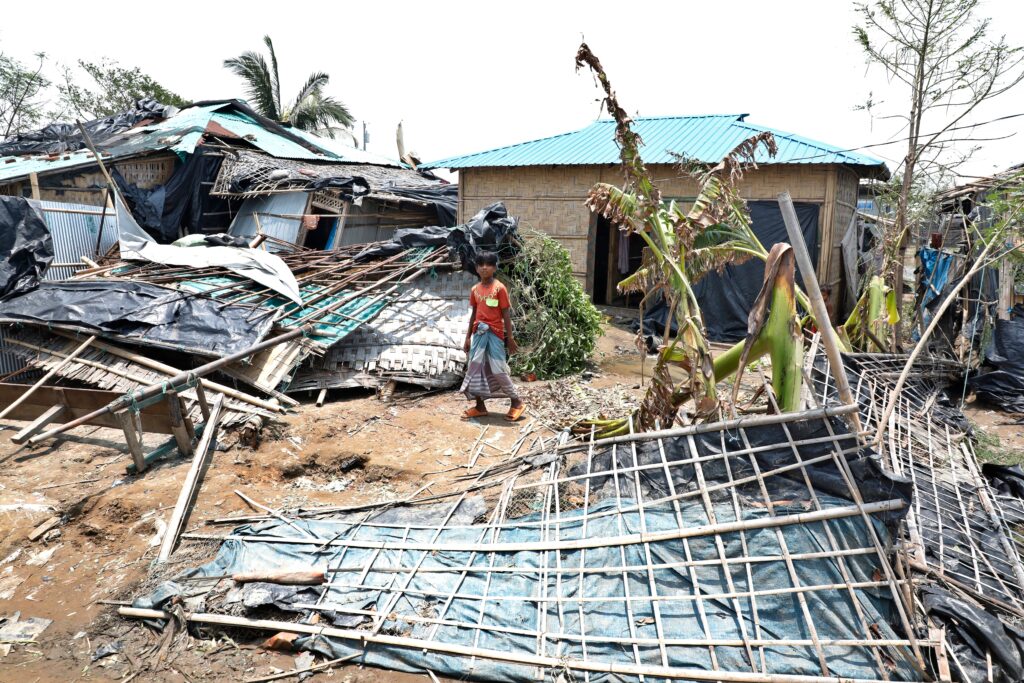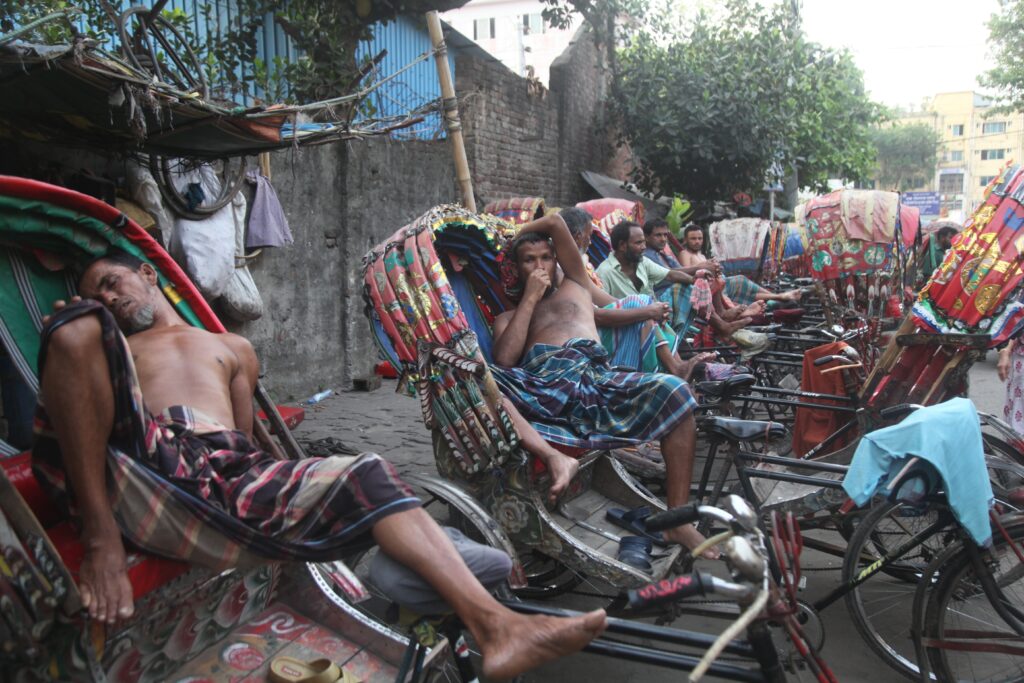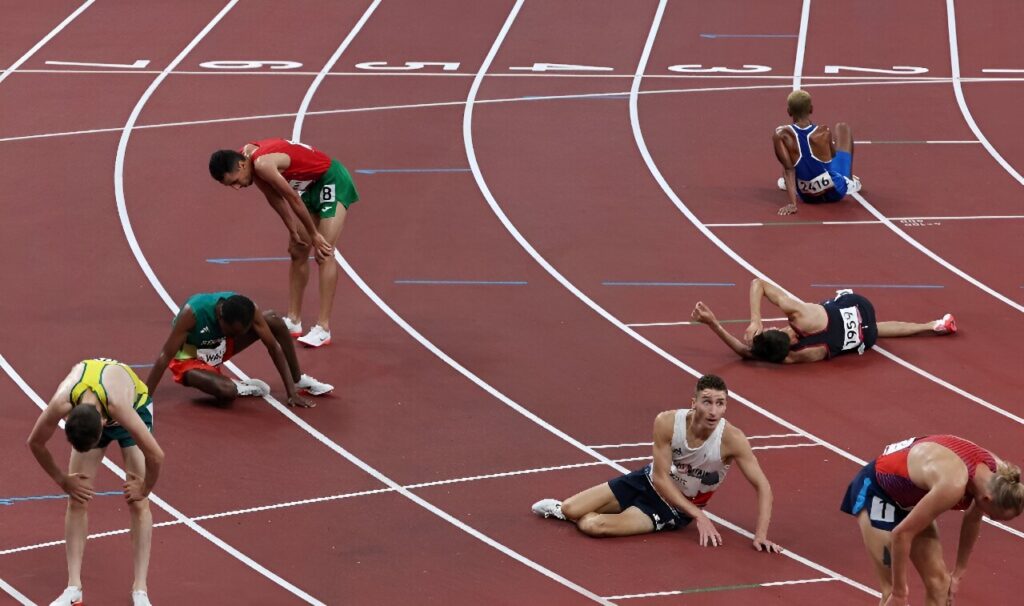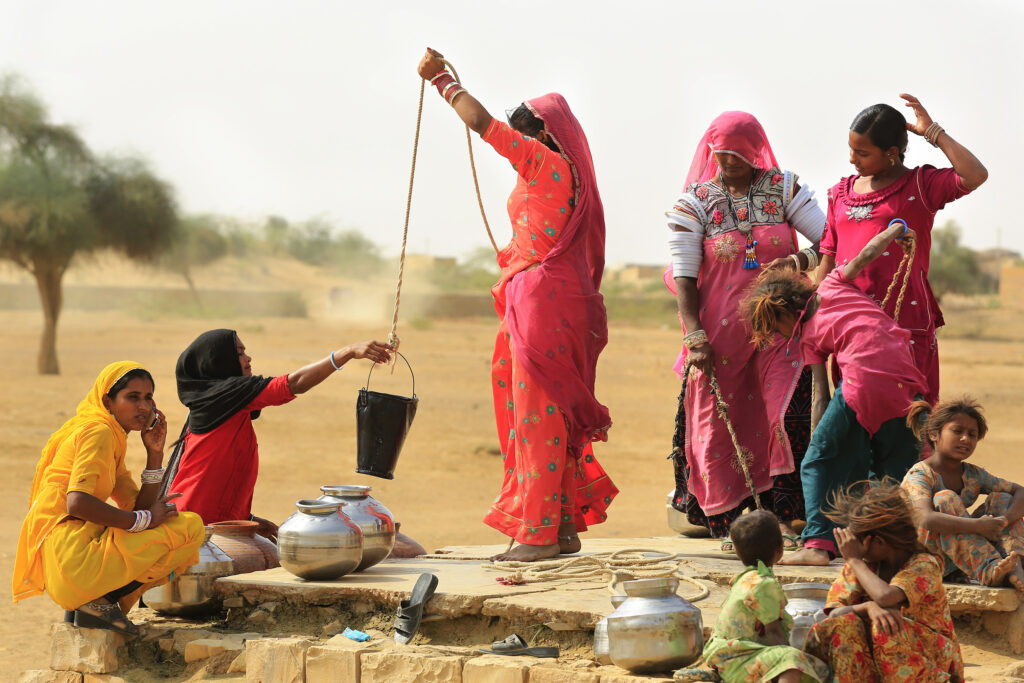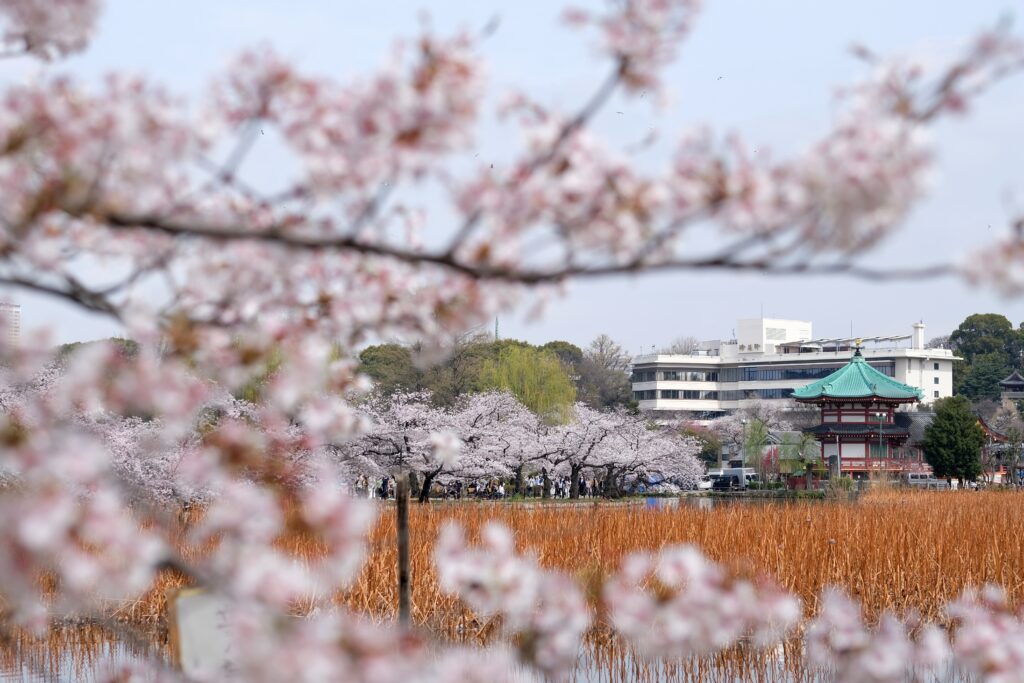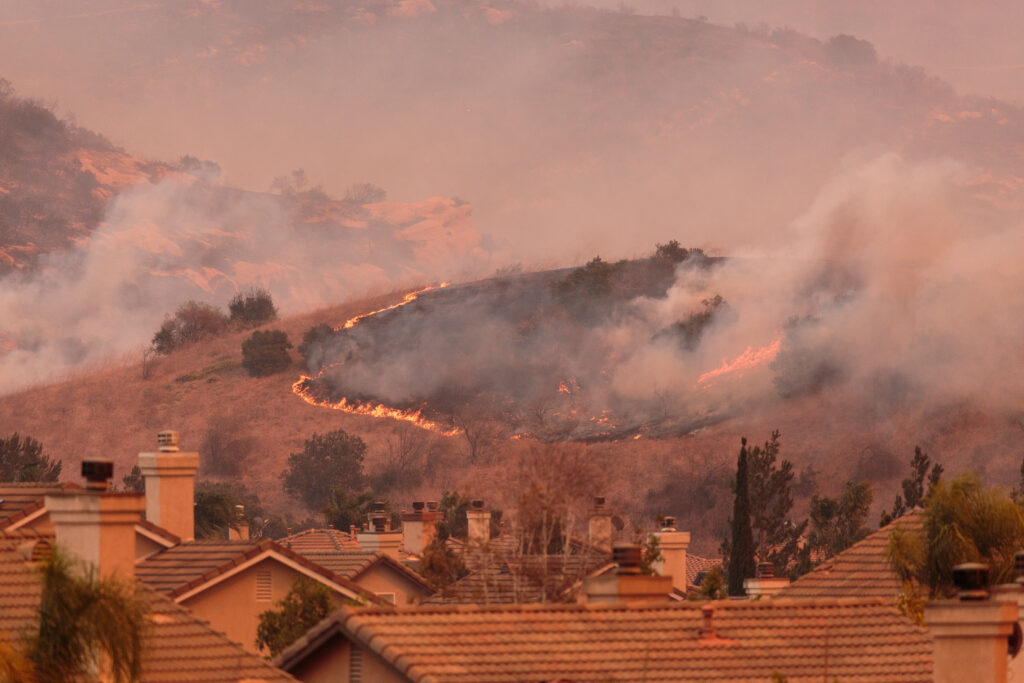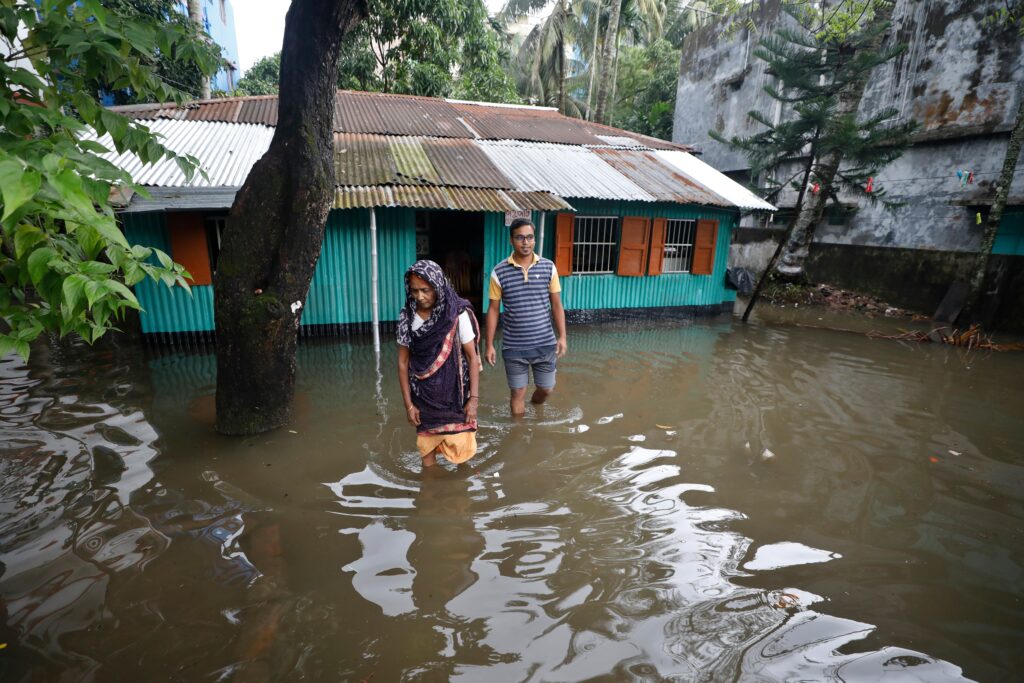Available to listen on: Apple Podcasts, Spotify, Google, Amazon Music and others
What causes heat waves? From Southeast Asia to Europe and North America, human-caused warming activities, such as greenhouse gas emissions, triggered some of the most intense heatwaves throughout 2023. India, for example, experienced its hottest February since 1901. China witnessed its highest temperature ever on July 16. And California’s Death Valley broke a daily record for heat on the same day.
Heat Dome
Many of these heatwaves were a result of heat domes. These occur when hot ocean air gets trapped over a large area, pushing temperatures to dangerous highs. As carbon dioxide in the atmosphere warms the planet, more heat is getting caught inside these high-pressure ridges.
The Science Behind Heat Waves
Dr. Roxy Mathew Koll, a climate scientist at the Indian Institute of Tropical Metrology, says this phenomenon has global implications.
“We know that particularly in tropical regions, the oceans are getting heated up, which means there is more evaporation. When moisture rises in some place, it has to be compensated in another place,” Koll said in a podcast interview with Climate Impacts Tracker Asia.
He explained that as warm moisture reaches the top of the atmosphere, it expands and spreads around. As it spreads, the air dries out and starts sinking in other regions, a process known as atmospheric circulation.
“This sinking air is drier, and more air sinks as more evaporation happens in other regions. So, heat domes are intensifying. They’re now much more frequent and long lasting,” said Koll.
What Causes Heat Waves in the World?
Eventually, heat domes interact with jet streams. These are swiftly moving winds high in the atmosphere that transport weather systems around the globe. Sometimes, jet streams widen, and when that happens, they get slower, making heat transportation sluggish. This also intensifies heat domes, resulting in a phenomenal surge in temperatures.
As heat domes intensify and as El Niño continues to warm the tropical Pacific, global average temperatures are almost certain to rise next year. “At least for a short time, we might see global warming going beyond 1.5°C this year or the next year during the El Niño period. And extreme weather events might also follow,” said Koll.
Why Are Extreme Heat Waves Dangerous?
The earth’s warming climate is also heating the oceans, which is endangering ecosystems above and below the water. With the oceans absorbing about 90% of the heat caused by global warming, they are largely saving the planet. However, there is a limit, as marine heatwaves could blow out suddenly and change weather patterns everywhere, according to Koll.
“All weather systems are connected even if it’s happening in the Pacific Ocean. The Pacific occupies about one-third of the earth’s surface. It’s connected with the atmospheric circulation, so it affects Australia, India, the US, Europe and the rest of the globe.”
Marine heat waves have already doubled in frequency between 1982 and 2016. Since the 1980s, they’ve also become longer and more intense. In August 2023, global ocean temperatures hit their highest-ever level, reaching 20.96°C.
“Global ocean temperatures are currently at an all-time high. And about 30% of the global ocean is experiencing a marine heatwave. This is stimulated by the El Niño riding over a global warming signal and has huge implications on marine ecosystems,” said Koll.
Marine Heatwaves Fuelling Cyclones
Warmer oceans are now causing more powerful cyclonic storms. For instance, the cyclones that struck the North Indian Ocean in the last five years were all rapidly intensifying, long-lived cyclonic storms. These included Cyclone Mocha, Cyclone Biparjoy, Cyclone Amphan and Cyclone Fani.
“If a cyclone or hurricane’s wind speed intensifies by 55 km/h in less than 24 hours, that is rapid intensification. For example, if the wind speed inside a cyclone is 100 km/h and it increases to 155 km/h in a short time, it has rapidly intensified,” said Koll.
The reason behind this rapid intensification is not just an increase in sea-surface temperatures but also a rise in ocean heat content. With more heat and moisture bolstering the power of these tropical storms, many end up turning into powerful cyclones by the time they hit land.
“Cyclones derive their source of energy from warm tropical waters. This gives them a consistent supply of heat and moisture. They form over waters where the temperatures are about 28°C. That is a precondition for cyclones to form,” said Koll.
However, tracking long-duration cyclones can be tricky. This is because they can initially appear as moderate storms but then intensify overnight into extremely severe cyclones. From a speed of 100 km/h, they can accelerate to 200 km/h.
“You wake up and find that your roof is already gone because we were not prepared for that kind of intense cyclone. That’s what happened with Cyclone Mocha. It stayed in the sea for a long duration, and it fooled many forecasters.”
The Need for Climate Adaptation Support
Despite the unpredictability of Mocha, cyclone forecasts have improved over the years, according to Koll. He recalled the 1999 Odisha Cyclone, which claimed the lives of tens of thousands of people.
“Fatalities were in five-digit numbers. Right now, because of forecasts, which pinpoint the landfall area and the cyclone’s arrival time, we’re able to evacuate people. So, the number of fatalities has gone down to two-digit numbers, which is a sign of progress in forecasting.
“But at the same time, what are we doing with these forecasts? We’re evacuating people, but they have no place to come back to because the infrastructure and agriculture and everything is lost.”
While climate mitigation should remain a priority for policymakers at COP28, there is a bigger need for adaptation support, said Koll.
“I work with communities which are suffering from floods, droughts and heatwaves. These communities want to do something, but they are helpless. We need urgent action through the exchange of innovative technology on an international level. This can help a country, state, district or community to be self-reliant when adapting to climate change.”
Heba Hashem
Journalist, Dubai
Heba is an Arabic and English-speaking freelance journalist based between the United Arab Emirates and Canada. She covers stories about business, renewable energy, climate change, finance, technology, real estate, food production, lifestyle and arts and culture.
Heba is an Arabic and English-speaking freelance journalist based between the United Arab Emirates and Canada. She covers stories about business, renewable energy, climate change, finance, technology, real estate, food production, lifestyle and arts and culture.

